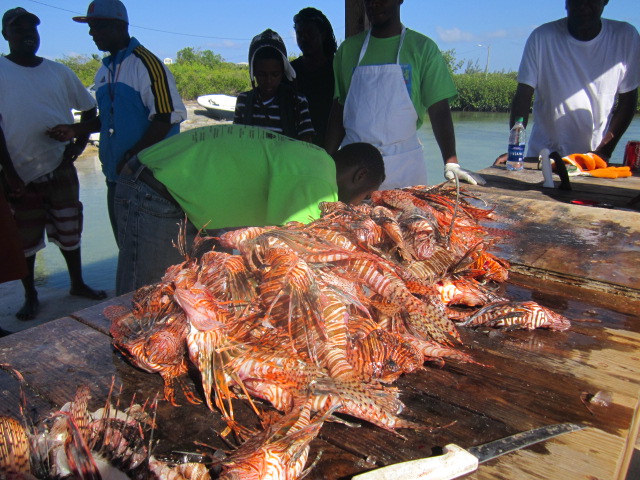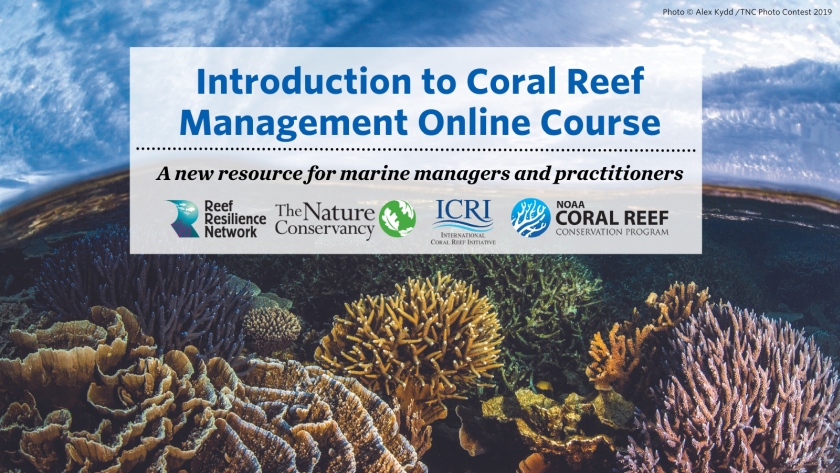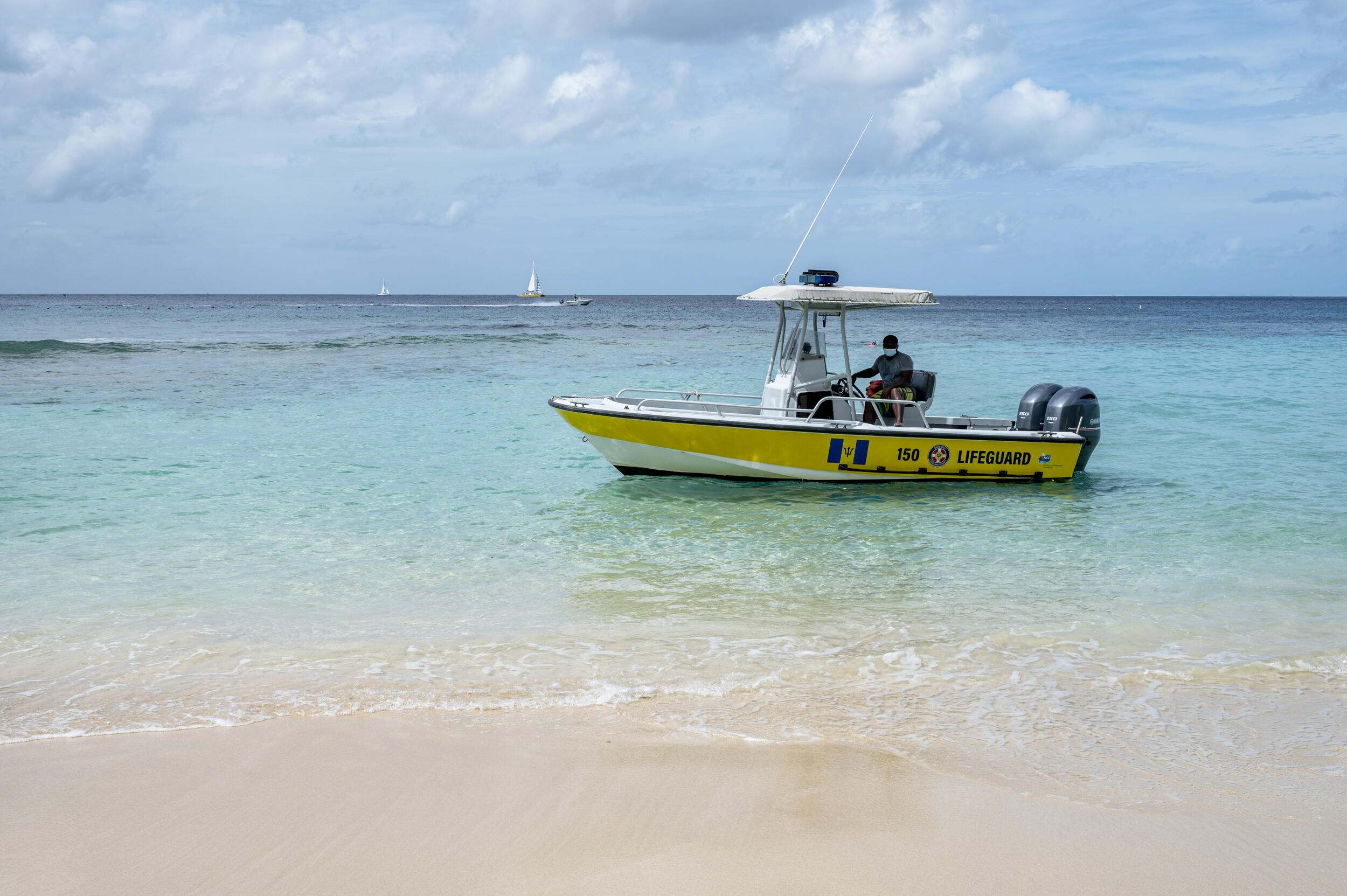Lionfish are a species endemic to the Indo-Pacific region. However in the 1990’s, due to human introduction, lionfish arrived in the Tropical Western Atlantic and spread along the eastern seaboard of the United States. Since then, lionfish have migrated throughout the Caribbean Basin and into the Gulf of Mexico, threatening biodiversity and local economies. In 2009, the Bahamas, Dominican Republic, Jamaica, St Lucia and Trinidad & Tobago responded to this threat by implementing a regional initiative titled Mitigating the Threats of Invasive Alien Species (IAS) in the Insular Caribbean (MTIASIC). Read Press Release.
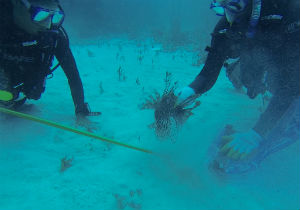
Lionfish removal. © Bahamas Department of Marine Resources
The Bahamas has taken the lead to address the lionfish invasion, creating a Lionfish Taskforce to document, collect, and remove lionfish from Bahamian waters. The Taskforce includes representatives from government agencies and local NGOs. Preliminary results from a pilot project to remove lionfish in the Bahamas suggest that invasive species can be effectively managed through public-private sector partnerships with substantial benefits for biodiversity and local economies.
Mr. Frederick Arnett II, Assistant Fisheries Officer with the Department of Marine Resources, has played an integral role in the initiative, helping with lionfish awareness, control and outreach initiatives. We asked Mr. Arnett II a few questions about lionfish control in Bahamas, and here’s what he said:
What are the major issues and impacts regarding the lionfish invasion in the Caribbean?
In the Caribbean, lionfish pose a significant threat to biodiversity and local economies, most notably the fishing industry and tourism sector. Most people tend to paint a grim picture regarding the impacts of the lionfish invasion in the Caribbean. However, the insurgence of this crafty invader has encouraged action, communication, collaboration, exchange, and proactive thinking among Caribbean neighbors. Caribbean states have partnered to share experiences, techniques, and advice. Their governments have been lobbied to draft and reform legislation where gaps exist. Communities have also been galvanized to take action and participate in management efforts.
What are some of the strategies you are implementing to deal with the invasive lionfish in the Caribbean?
The following strategies are being implemented throughout the Caribbean to address the invasion:
- Outreach initiatives including lionfish workshops, trainings on methods for safe capture and response to invasion, handling and culinary demonstrations, poster competitions, air public service announcements and short educational programs;
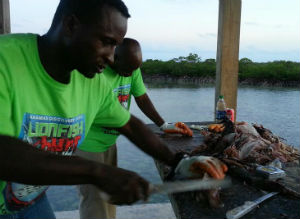
Lionfish culinary demonstration. © Bahamas Department of Marine Resources
- Exchange of information and experiences via conferences and workshops
- Support for lionfish tournaments and derbies;
- Policy amendments to encourage lionfish control efforts;
- Research in the areas of lionfish ecology, biology and invasion;
- Creation of markets for lionfish meat.
What are some of the challenges you encounter when trying to control lionfish in your region?
Several challenges the Caribbean we continue to face are:
- Limited human capacity and training opportunities available to effectively capture, handle and remove lionfish;
- General hesitance of locals to participate in efforts to control lionfish through regular consumption;
- Creating, developing and sustaining local/regional markets for lionfish meat;
- Lack of political will to act, i.e. amending and drafting of new legislation where necessary;
- Lack of sustainable funding to support ongoing removal efforts.
If lionfish populations are not controlled, what potential long term impact do you foresee for the Caribbean Region?
Long term impacts to the Caribbean may include a significant loss of biodiversity within the region. This loss is expected to jeopardize the health of ecologically important marine ecosystems (e.g. coral reefs, mangrove systems, sea grasses, etc.) and local economies (e.g. fisheries and tourism sector) that depend upon them.

